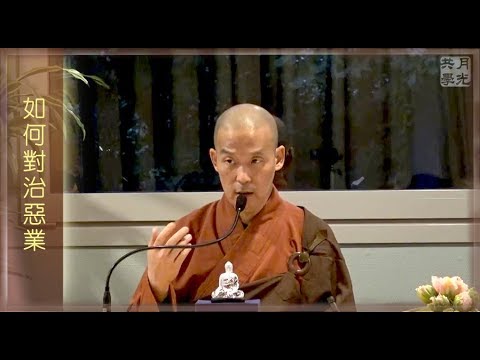I am often confused about what is 正念 and正知
Venerable Ru Jun talks on this to help dispel my misunderstanding:
(from the 13m 40s mark onwards)
Venerable Ru Jun talks about 正念 and正知 in another of his discourse (from the 18:50 mark)
I like the parallel that Venerable Ru Jun used.
正念 is the stability of the candle flame (whether it wavers in the wind) while 正知 is the brightness of the candle flame (representing the ability to inspect and examine).
I also understand from the discourse that 正念 will come first and subsequently 正知. Thereafter, 正念 and正知 will feed each other and both will grow stronger
广论原文:如《庄严经论释》云:“念与正知是能安住,一于所缘令心不散,二心散已能正了知。”
Vasubandhu’s 《Commentary on the Ornament for the Mahāyāna Sūtras》 states:
Mindfulness and vigilance bring about close mental focus because the former prevents your attention from wandering from the object of meditation and the latter clearly recognizes that your attention is wandering.
Thank you Venerable @Zusheng for the quote from the Sutra.
The English translation provides another way for me to understand the link between mindfulness (正念) and vigilance (正知)!
正知正念是用来护戒的,以正知力常常去观察,看自己的正念在不在。 修行人的习惯就是这样的,它是一种不断调伏自心的过程。~《希望·新生》【四季法语】秋 #242
Vigilance and Mindfulness are used to safeguard ethical discipline, often observe with vigilance whether our mindfulness exists. A practitioner’s habit is like this, it is a continuous process in disciplining one’s mind.
